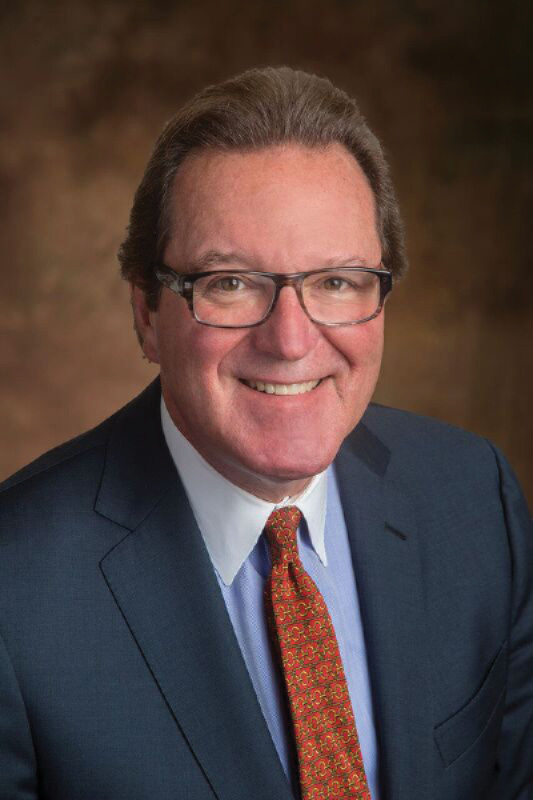Everyone has seen the iconic motion picture It’s a Wonderful Life starring Jimmy Stewart (“George Bailey”) and Donna Reed (“Mary”), larger-than-life Hollywood stars from a couple of generations ago. The movie centers around the doom surrounding the possible failure of George’s Building and Loan when Uncle Billy loses an $8,000 deposit, and the bank examiners are called in to investigate. We all know the rest of the story: What was originally a “bank run” was reversed into a rush of deposits to save the Building and Loan by all of George’s friends in town. The euphoria is capped at the end of the movie with George’s friends assembled in his living room singing to him on Christmas Eve.
The storyline back then was relatable, as every movie goer in 1946 was very familiar with a bank run. They started with the stock market crash of 1929, just 17 short years before, which brought on the Great Depression and a series of bank failures for years thereafter. It was the days before the Federal Deposit Insurance Corporation was founded, a Roosevelt-era New Deal initiative to restore confidence in America’s banking system. Before that, in a bank run, people simply lost their money when banks faced a liquidity crisis they could not meet. The story repeats itself over and over again during that time, as in all, 9,000 banks failed, taking with them $7 billion in depositors’ assets.
GRAPEVINE VS. SOCIAL MEDIA
Fast forward, and with a nod to Yogi Berra, its déjà vu all over again. The great implosion of Silicon Valley Bank (SVB) and Signature Bank shows that even the reforms that came about from the Dodd-Frank legislation of the Great Recession in 2008 could not temper the panic that surrounded these two banks. And unlike George Bailey’s Building and Loan, the fall was even swifter; in Bailey’s era, there was only word of mouth, as rumors of a pending failure circulated through the bars, restaurants, hair salons, and pharmacies in the town of Bedford Falls. But in this real-life disaster, the swift fall happened for a different reason: social media. The wild-fire rumor mill of a pending failure, coupled with the ability to move funds electronically in an instant from our phones, hastened the fall of the banks … and pointed to remaining inadequacies in Dodd-Frank. The resulting collapse of SVB, the second-biggest bank failure in U.S. history, took place in less than 48 hours. Customers withdrew $42 billion, nearly a quarter of the bank’s total deposits, within a single day, and the Fed moved instantly to close the bank and stem the hemorrhaging.
But unlike the financial crisis of 2008, this banking crisis is, or was in my opinion, created by fundamental weaknesses in the regional bank structure, which is far more vulnerable to a bank run. I say “was” because the Fed and our banking system took cool and measured actions, as 11 of the nation’s largest banks swooped in to stabilize First Republic with a $30 billion cash infusion, helping solidify the perception that regional banks are still safe. In 2008, it was JPMorgan Chase’s purchase of Bear Stearns and Washington Mutual that helped the investment bank become the powerhouse it is today. At press time, it appeared the banking industry was settling down and putting this crisis in the rear-view mirror.
After the sudden implosion of these two regional banks rattled markets, the perception that the largest banks are “too big to fail” is seemingly making them more attractive to customers looking for safety. Remember, SVB was 1/15th the size of JP Morgan Chase, so it stands to reason that deposits have flocked to the safety of the biggest bulge-bracket banks.
Experts say that the recent crisis will likely change the banking landscape yet again. The vulnerability of smaller regional banks to a run has been proven by the recent events, and the Fed will have to review components of Dodd-Frank to determine if further modifications to our system need to take place.

Pierre G. Villere serves as president and senior managing partner of Allen-Villere Partners, an investment banking firm with a national practice in the construction materials industry that specializes in mergers & acquisitions. He has a career spanning almost five decades, and volunteers his time to educating the industry as a regular columnist in publications and through presentations at numerous industry events. Contact Pierre via email at [email protected]. Follow him on Twitter – @allenvillere.